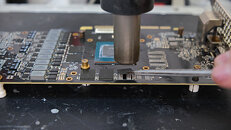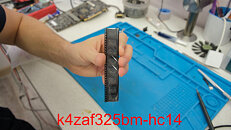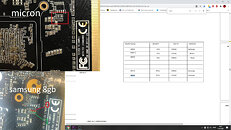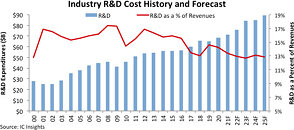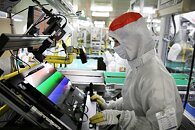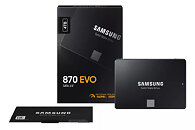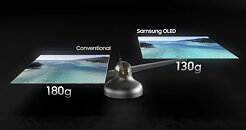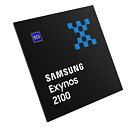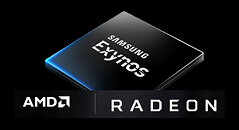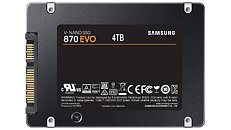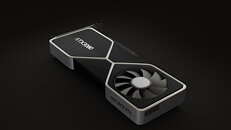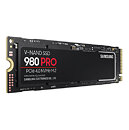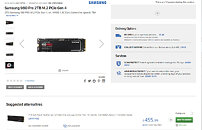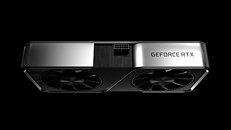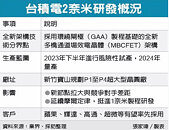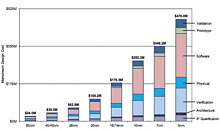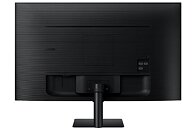
NVIDIA RTX 2070 Modded to Support 16GB Memory
PC enthusiast VIK-on pulled off a sophisticated memory mod for the GeForce RTX 2070, doubling its memory amount to 16 GB. In a detailed video presentation (linked below), VIK-on demonstrated how he carefully removed the 8 Gb Micron-made GDDR6 memory chips of his card, with 16 Gb Samsung-made chips he bought off AliExpress for $200. Memory replacement mods are extremely difficult to pull off, as you first de-solder the existing chips using a hot air gun while keeping the contacts on the PCB intact (ensuring no pins short); and solder the replacement BGA memory chips in place.
In addition, a set of "jumpers" on the PCB need to be modified to make it recognize the Samsung memory. The resulting card booted to desktop successfully, with GPU-Z reading its full 16 GB memory size. The card successfully made it through 3DMark TimeSpy, albeit with 30% lower performance than a normal RTX 2070 (6176 points vs. ~9107 points). The card would also crash Furmark. Still, it's mighty impressive that the "TU106" recognizes 16 GB of addressable memory (which means all its memory channels are intact), without the need for any BIOS mods, which is impossible to pull off.Watch the VIK-on video presentation here.
In addition, a set of "jumpers" on the PCB need to be modified to make it recognize the Samsung memory. The resulting card booted to desktop successfully, with GPU-Z reading its full 16 GB memory size. The card successfully made it through 3DMark TimeSpy, albeit with 30% lower performance than a normal RTX 2070 (6176 points vs. ~9107 points). The card would also crash Furmark. Still, it's mighty impressive that the "TU106" recognizes 16 GB of addressable memory (which means all its memory channels are intact), without the need for any BIOS mods, which is impossible to pull off.Watch the VIK-on video presentation here.
